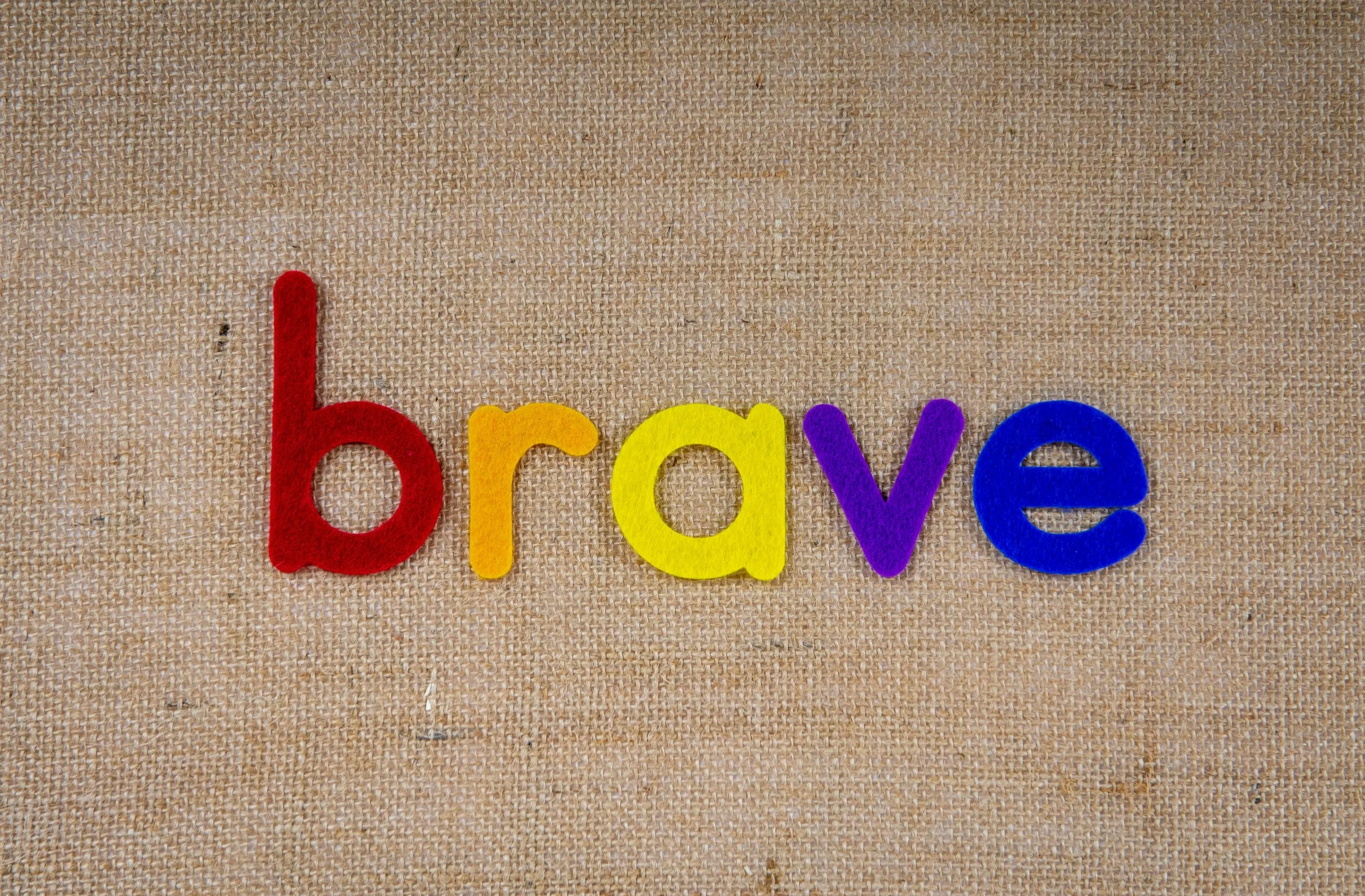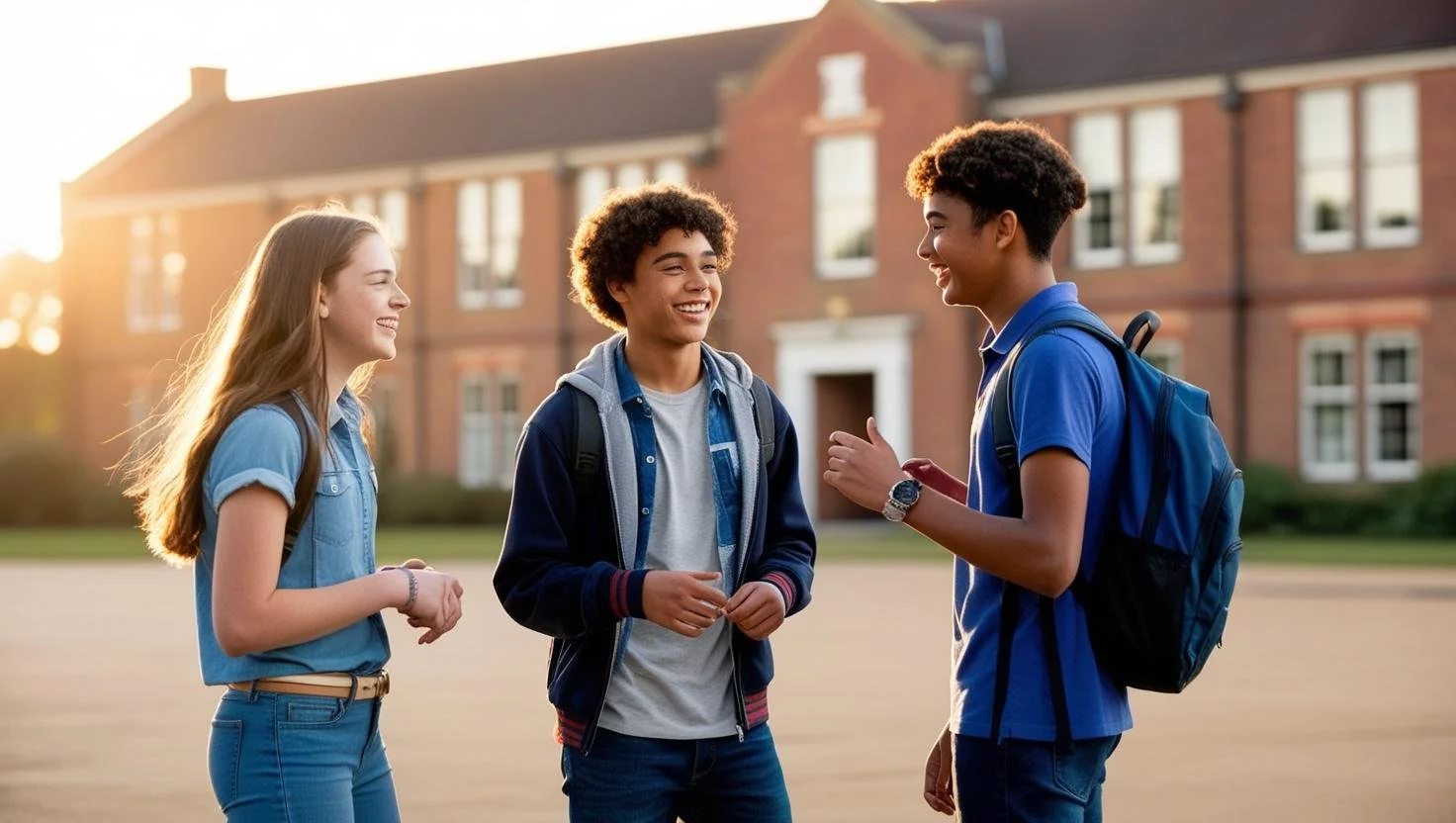What is Exposure?
If you aren’t familiar with treatments for child anxiety, “exposure” may be a new term for you. It may even sound weird or scary. Some approaches label exposure as “facing fears” or “brave practice.” All of these terms refer to an approach in therapy for doing things you are afraid to do in a gradual way at a pace you and your therapist work together to set. What is great about this approach is that it can work really well to reduce anxiety long-term. This is at the heart of being brave in order to thrive.
Many children and teens with anxiety avoid situations or things that make them nervous. While avoidance offers short-term relief from the anxiety, it can actually make fears even harder to face and doesn’t allow us to learn that we can do hard things. When we face fears, we have the opportunity to learn the situation wasn’t as bad as we thought or that we can get through it even if it is hard. This is really hard work, which is why a psychologist or therapist can work closely with a family to develop a plan that is the right pace for a child or teen struggling with anxiety.
There are lots of different types of exposure. For example, a youth with social anxiety might practice ordering for themself in a restaurant, giving a short speech, or asking a question in class. A child afraid of dogs might start by looking at pictures of dogs or watching videos of dogs. There are key brave practice steps to take for separation anxiety and school avoidance too. You can also work with your therapist to practice experiencing the physical parts of anxiety if you have panic symptoms—this is called interoceptive exposure. Exposure can also be part of treatment for PTSD after experiencing trauma.
Another specific type of exposure therapy is called “Exposure and Response Prevention” or ERP. ERP is an exposure-based approach that helps youth approach fears and reduce unwanted responses to anxiety. For example, some youth with anxiety engage in checking behaviors (e.g., double checking the door is locked), reassurance seeking from a parent, or cleaning and washing behavior. When engaging in ERP, youth learn to approach their fears and resist these types of responses. Many youth with OCD benefit from ERP.
The good news for youth with anxiety is that exposure-based treatment approaches are often effective for reducing anxiety (Higa-McMillan et al., 2016). Growing evidence suggests exposure-based treatments are more helpful and effective than other approaches for child anxiety (Bilek et al., 2025). If anxiety is getting in the way of your child’s day-to-day life, it may be helpful to reach out to a professional to see if your child could benefit from treatment.
Professional support is available
Brave Minds Psychology Center for Child Anxiety offers evidence-based therapy to support children, teens, young adults, and parents in learning to manage anxiety in order to thrive. Based in Southern California, telehealth services are available for residents across the state California. In-person services are available in the Temecula Valley (office located in Murrieta, CA). Contact us for a free consultation.
**The information provided in this post is intended for educational and informational purposes only and does not constitute professional mental health advice, diagnosis, or treatment. It is essential to consult with a qualified mental health professional for any specific concerns or needs.
References
Bilek, E.L., Iturra-Mena, A.M., Becker, H.C., Phan, K.L., Monk, C.S., & Fitzgerald, K.D. (2025). Exposure-Focused Cognitive-Behavioral Therapy for Youth Anxiety Disorders: Superiority Over Relaxation-Based Comparator and Predictors of Response. Journal of the American Academy of Child and Adolescent Psychiatry, Open Access, https://doi.org/10.1016/j.jaacop.2025.04.003.
Higa-McMillan, C.K., Francis, S.E., Rith-Najarian, L., & Chorpita, B.F. (2016). Evidence base update: 50 Years of research on treatment for child and adolescent anxiety. Journal of Clinical Child and Adolescent Psychology, 45(2), 91-113, http://doi.org/10.1080/15374416.2015.1046177



